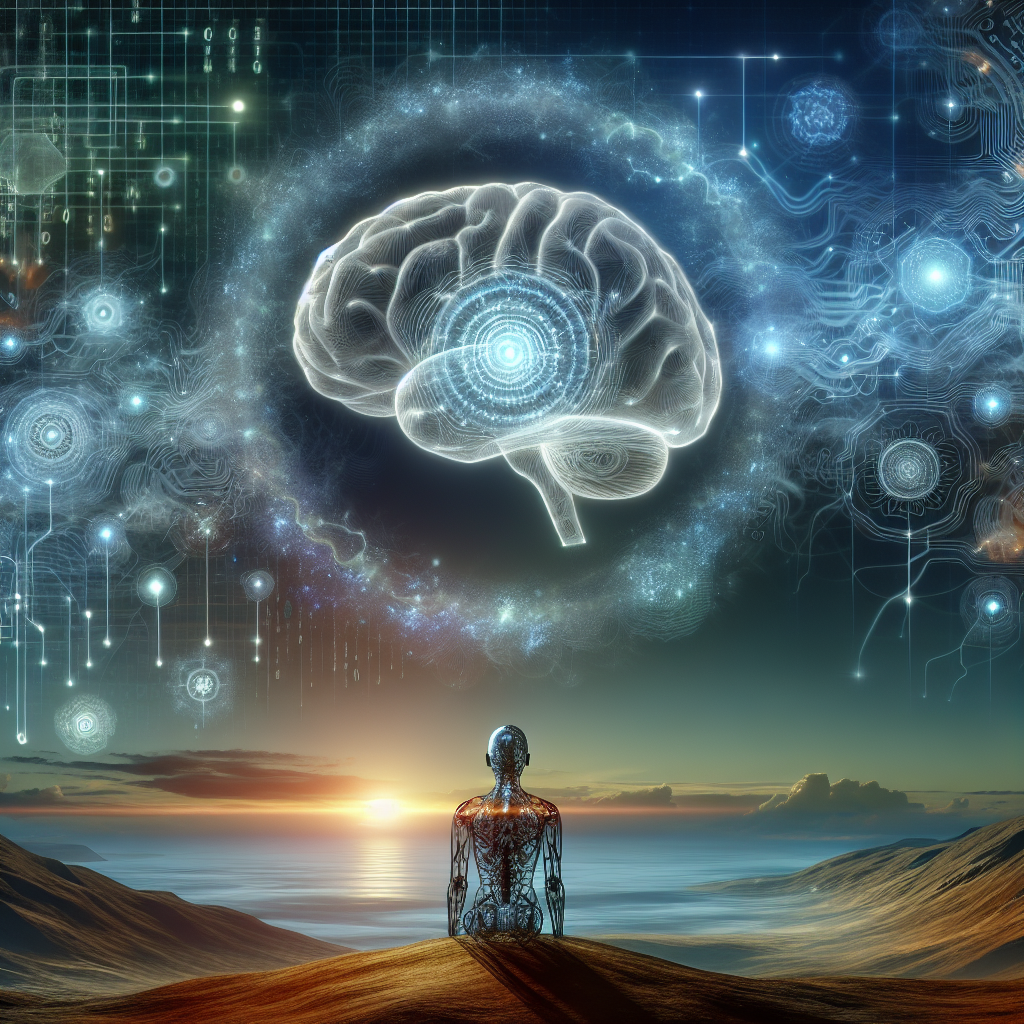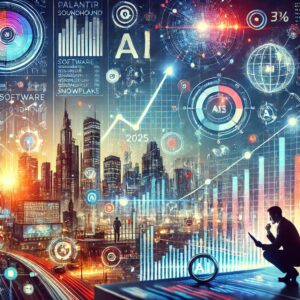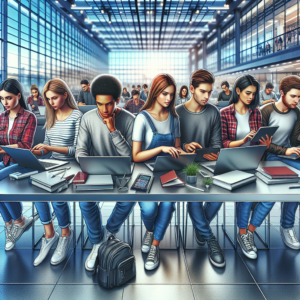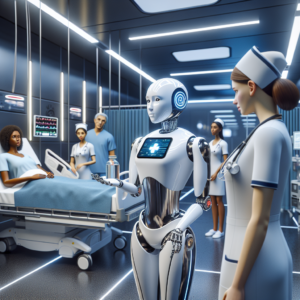Can AI Models Show Us How People Learn? Impossible Languages Point a Way
As the world of artificial intelligence continues to evolve, researchers are increasingly exploring the potential of AI models to understand human learning processes. Recent studies have highlighted a fascinating intersection between AI and linguistics, particularly in the realm of “impossible languages.” These languages, which defy our conventional understanding of grammar and syntax, provide a unique opportunity to deepen our comprehension of how learning occurs, both in humans and machines.
The Concept of Impossible Languages
Impossible languages are theoretical constructs that challenge the limits of human cognition and linguistic capability. These languages often possess features that make them inherently difficult or even impossible for humans to learn. For example, they may include intricate grammatical rules that contradict basic linguistic principles or contain sounds that humans cannot produce. The exploration of such languages not only tests the boundaries of language acquisition but also offers AI researchers a fertile ground for experimentation.
AI Models: A New Lens for Understanding Learning
AI models, particularly those based on deep learning, have shown remarkable success in tasks such as language translation, speech recognition, and even generating human-like text. However, their understanding of language learning is still rooted in patterns and probabilities rather than genuine comprehension. By studying how these models perform when exposed to impossible languages, researchers can glean insights into the fundamental principles of learning—both for machines and humans.
The key question is whether AI can mimic or even surpass human learning capabilities when faced with languages that defy our intuitive understanding. To investigate this, researchers have devised experiments where AI models are tasked with parsing and processing impossible languages. The outcomes of these experiments have the potential to shed light on what constitutes learning and how different cognitive architectures manage to grasp complex information.
AI Learning Mechanisms and Human Cognition
Tapping into the cognitive processes that underlie human learning, AI models utilize various approaches to absorb new information. For instance, reinforcement learning allows AI to learn through trial and error, drawing parallels with how humans often learn from feedback and consequences. Conversely, supervised learning, which depends on labeled datasets, resembles the traditional educational model, where explicit instruction guides the learning process.
By comparing these mechanisms with the challenges posed by impossible languages, researchers can assess the flexibility and adaptability of learning strategies employed by AI. For instance, certain models may struggle to derive meaning from a language that lacks consistent grammatical rules, while others may exhibit surprising creativity in deciphering meaning through context and inference. This exploration could lead to breakthroughs in how we configure AI systems to learn more like humans, potentially enhancing their performance across a spectrum of tasks.
Insights into Human Learning from AI Models
The relationship between AI models and human learning extends beyond mere comparisons of efficiency. AI can unveil cognitive biases and limitations inherent in human language acquisition. For example, if an AI model consistently fails to learn an impossible language, it could indicate that certain cognitive frameworks are fundamentally constrained by our evolutionary history. This insight may prompt reevaluations of educational strategies, helping educators understand the inherent challenges students face when learning complex or abstract concepts.
Moreover, the study of impossible languages allows for a more nuanced understanding of the processes involved in acquiring new languages. By analyzing the mistakes and successes of AI models, researchers can gain insights into common pitfalls that language learners encounter. This knowledge can be translated into more effective teaching methodologies, enhancing language education and making it more accessible to diverse learners.
The Future of AI and Human Learning
As AI technology continues to advance, the implications for understanding how we learn are profound. The exploration of impossible languages offers a glimpse into the myriad possibilities that AI holds for educational innovation. The convergence of linguistics, cognitive science, and artificial intelligence opens up new avenues for research and application, potentially reshaping the way we think about learning across disciplines.
Rather than viewing AI as a mere tool, it is important to recognize it as a collaborative partner in uncovering the complexities of human cognition. By leveraging AI to simulate and analyze learning processes, researchers can unlock new paradigms of knowledge and understanding. This symbiotic relationship could lead to revolutionary changes in how we approach education, language acquisition, and even artificial intelligence itself.
Conclusion
The investigation into how AI models can illuminate the intricacies of human learning is an exciting and evolving field. Impossible languages serve as a unique framework for exploring the limits of comprehension and the adaptability of both human and machine learning processes. Through this exploration, we can expand our understanding of learning, ultimately paving the way for more effective educational strategies and advanced AI systems.
As we look to the future, the intersection of artificial intelligence and linguistics will undoubtedly continue to inspire new research, innovations, and methodologies that challenge our perceptions of learning. By embracing the challenges posed by impossible languages, we not only enhance our understanding of AI but also foster a deeper appreciation for the remarkable complexity of human cognition. The potential for discovery is vast, and as AI evolves, so too will our understanding of how we learn and grow.



